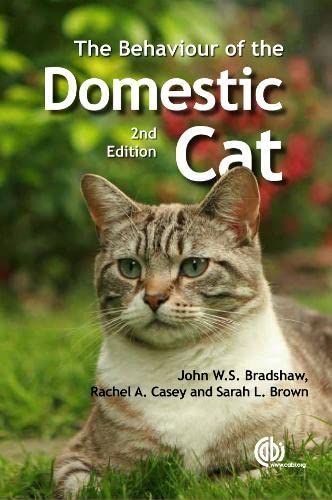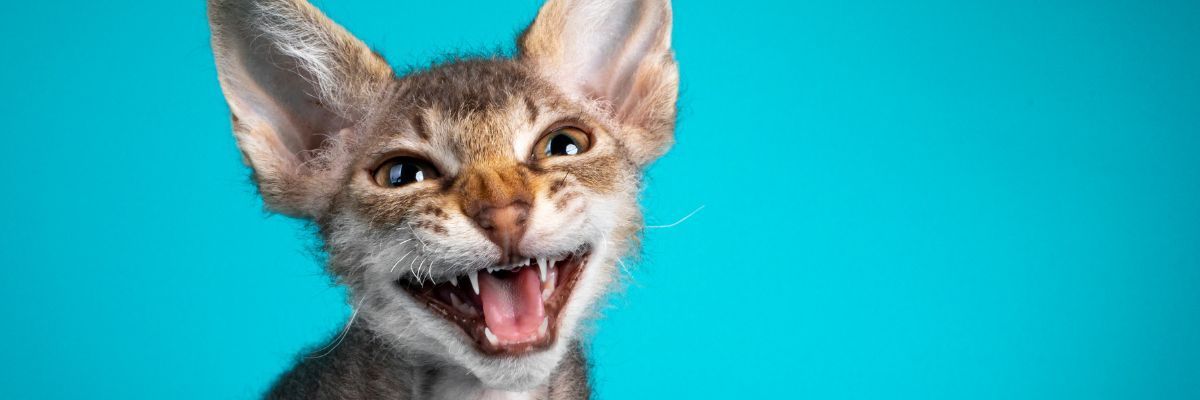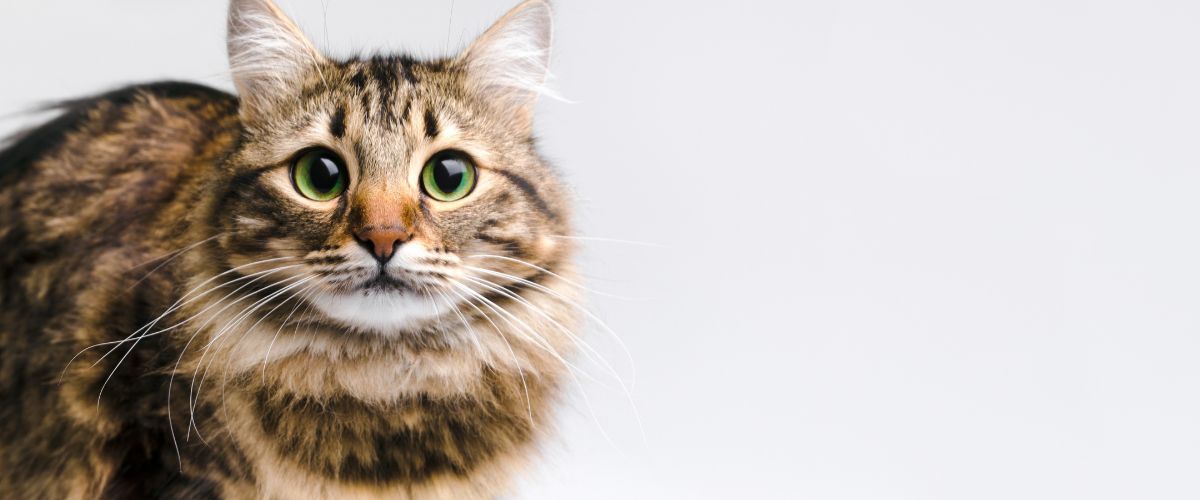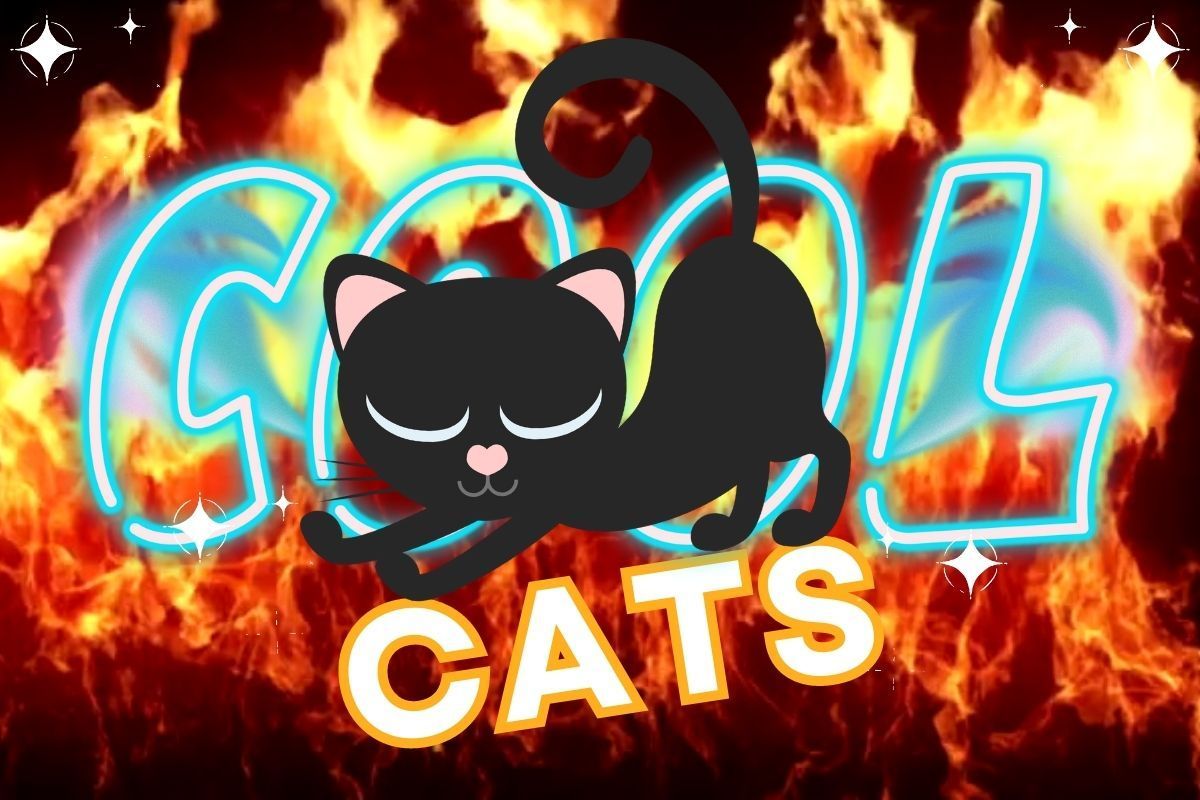A Curious Feline Habit
Cats are fascinating creatures with a repertoire of intriguing behaviours, and one of their most perplexing habits is their tendency to nibble on grass. Whether you've witnessed your own feline friend partaking in this behaviour or have simply heard about it, you may find yourself wondering why cats indulge in something seemingly unconventional. In this blog post, we will delve into the fascinating world of feline grass-eating and explore the various reasons behind this intriguing behaviour.
Throughout history, cats have captivated our hearts and minds with their mystique and independence. However, their curious dietary habits, including their affinity for grass, often leave pet owners puzzled. Is it a nutritional necessity? A behavioural quirk? Or perhaps a combination of factors?
Cats are known to eat grass for several reasons here are 5 of them:
- Digestive Aid: Cats are obligate carnivores, which means their digestive systems are primarily designed to process meat. Eating grass can help them regurgitate indigestible material, such as fur or bones, and aid in the digestion process.
- Natural Laxative: Grass can act as a natural laxative for cats. It helps promote bowel movement and can assist in the elimination of hairballs, which are common in cats due to their grooming habits.
- Nutritional Supplement: Grass contains certain nutrients, including folic acid, which can be beneficial for cats in small amounts. By consuming grass, cats can supplement their diet with these nutrients.
- Behavioural Instinct: Cats' wild ancestors used to consume prey that may have already eaten grass. Therefore, some experts believe that the urge to eat grass could be an instinctual behaviour passed down through generations.
- Sensory Stimulation: Chewing on grass may provide sensory stimulation for cats. The texture and taste of the grass can be enjoyable for them, similar to how chewing on toys or other objects can be satisfying for cats.
It's important to note that while eating small amounts of grass is generally considered safe for cats, it's essential to ensure that the grass is free from pesticides or harmful chemicals. Additionally, if your cat eats excessive amounts of grass or shows signs of distress or illness after eating grass, it's advisable to consult with a veterinarian.
The Behaviour of the Domestic Cat
Curious about cat behaviour? This book might interest you it describes feline behaviour from both a mechanistic and functional approach and provides an accessible overview of this fascinating subject.
The book is described as the essential source of cat behaviour information.
Author Dr John Bradshaw is a Visiting Fellow and Director of the Anthrozoology Institute at the University of Bristol, where he was formerly Reader in Companion Animal Behaviour and University Research Theme Leader for Animal Welfare & Behaviour.
In Conclusion
The question of why cats eat grass has fascinated pet owners and researchers alike. While the exact reasons may vary from cat to cat, there are several theories that shed light on this behaviour.
Firstly, consuming grass can act as a natural digestive aid for cats, helping them eliminate indigestible material and promoting healthy bowel movements. Additionally, it can assist in preventing the formation of hairballs, which are common among grooming cats.
Furthermore, grass may offer certain nutritional benefits to cats, such as the presence of essential nutrients like folic acid. Although cats primarily rely on a meat-based diet, consuming small amounts of grass can supplement their nutritional needs.
Beyond the physical aspects, the behavioural instinct inherited from their wild ancestors could also explain their grass-eating behaviour. Cats in the wild may have consumed prey that had already ingested grass, and this behaviour may have been passed down through generations.
Lastly, the act of chewing on grass provides sensory stimulation for cats, offering a satisfying experience similar to their other exploratory behaviours.
While cats eating grass is generally considered safe, it's important for pet owners to ensure that the grass is free from pesticides or harmful chemicals that could be detrimental to their feline friends' health.
Understanding why cats eat grass can help us appreciate their complex nature and instincts. It's a reminder of their connection to their wild counterparts and their unique dietary and behavioural needs.
So, the next time you spot your furry companion munching on grass, embrace their natural curiosity and take comfort in knowing that they are following an age-old instinct. Cats will continue to captivate us with their mysterious behaviours, and their grass-eating habit is just one of the many enigmatic aspects of their fascinating world.
Thank you for reading this post. We hope that you found it helpful and hope to you visit this page again soon. For more information, fun facts and cute photos, please follow us on social media. 🐱
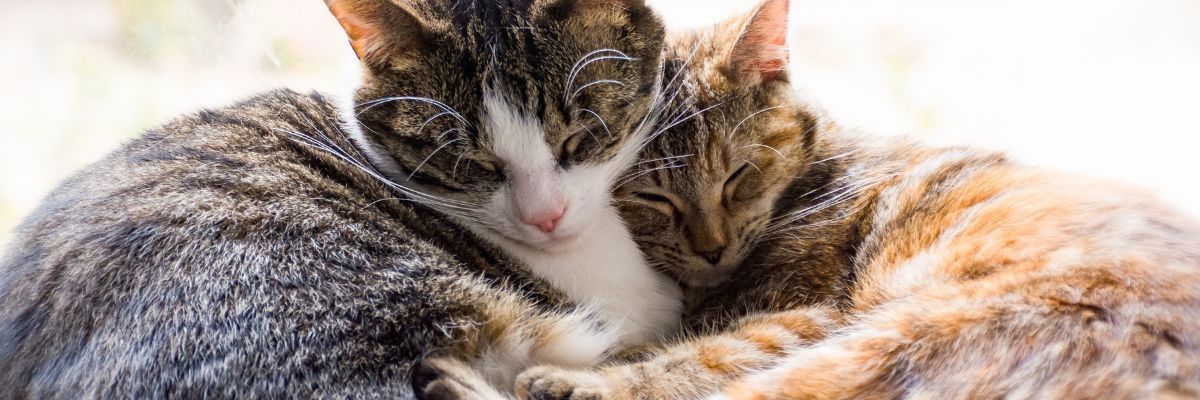
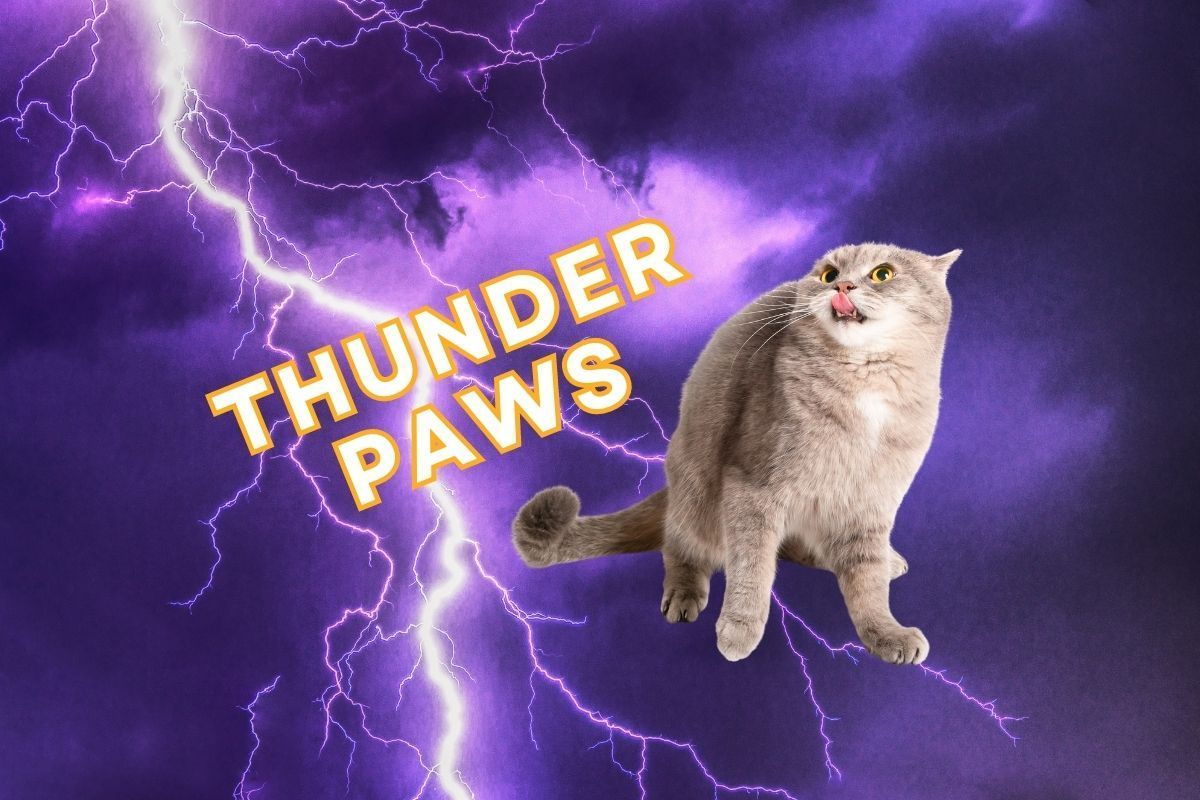

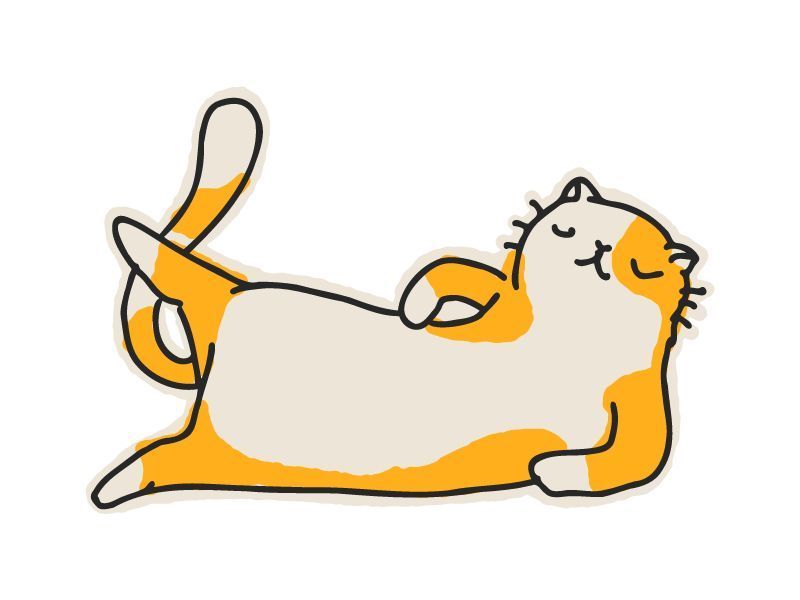

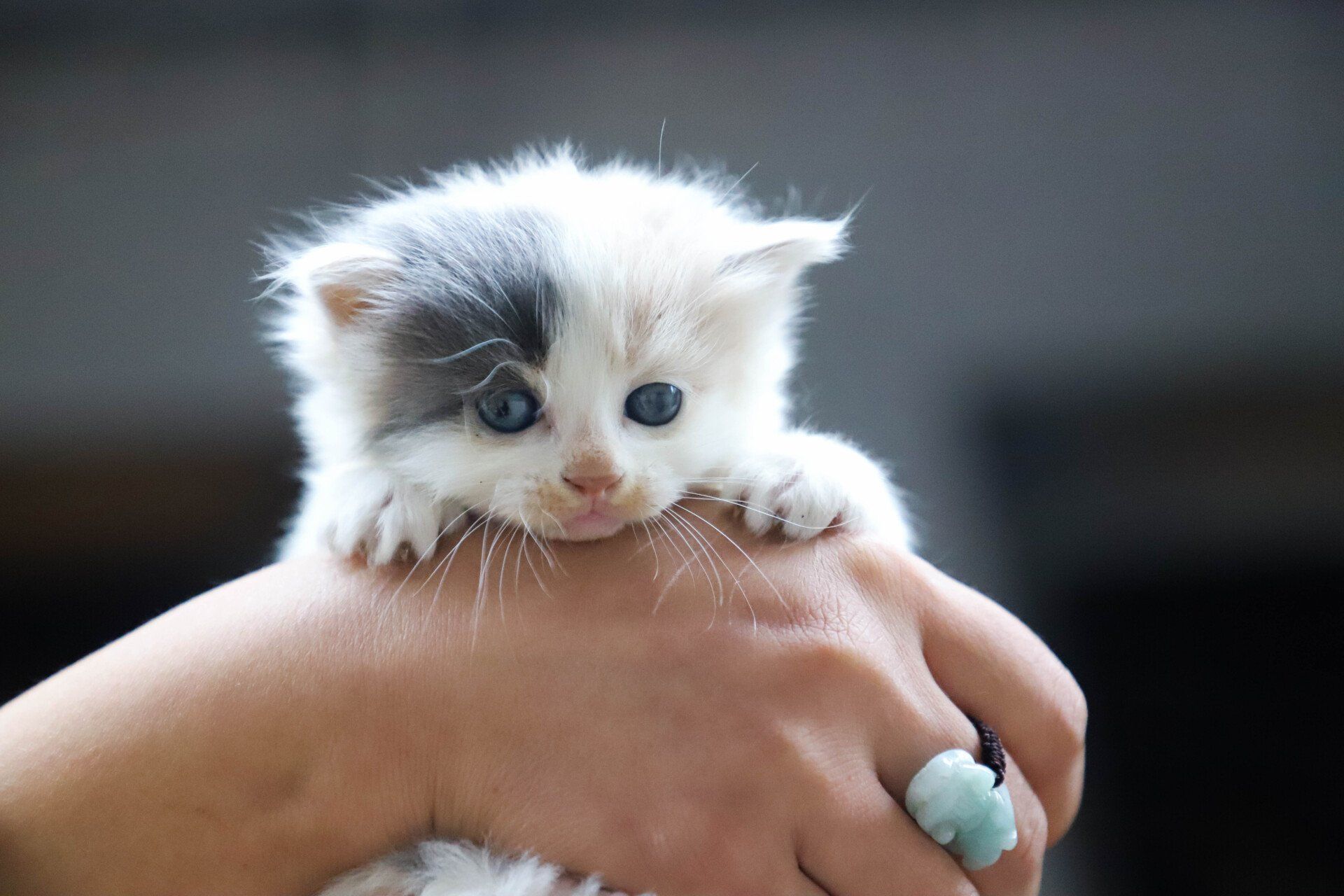
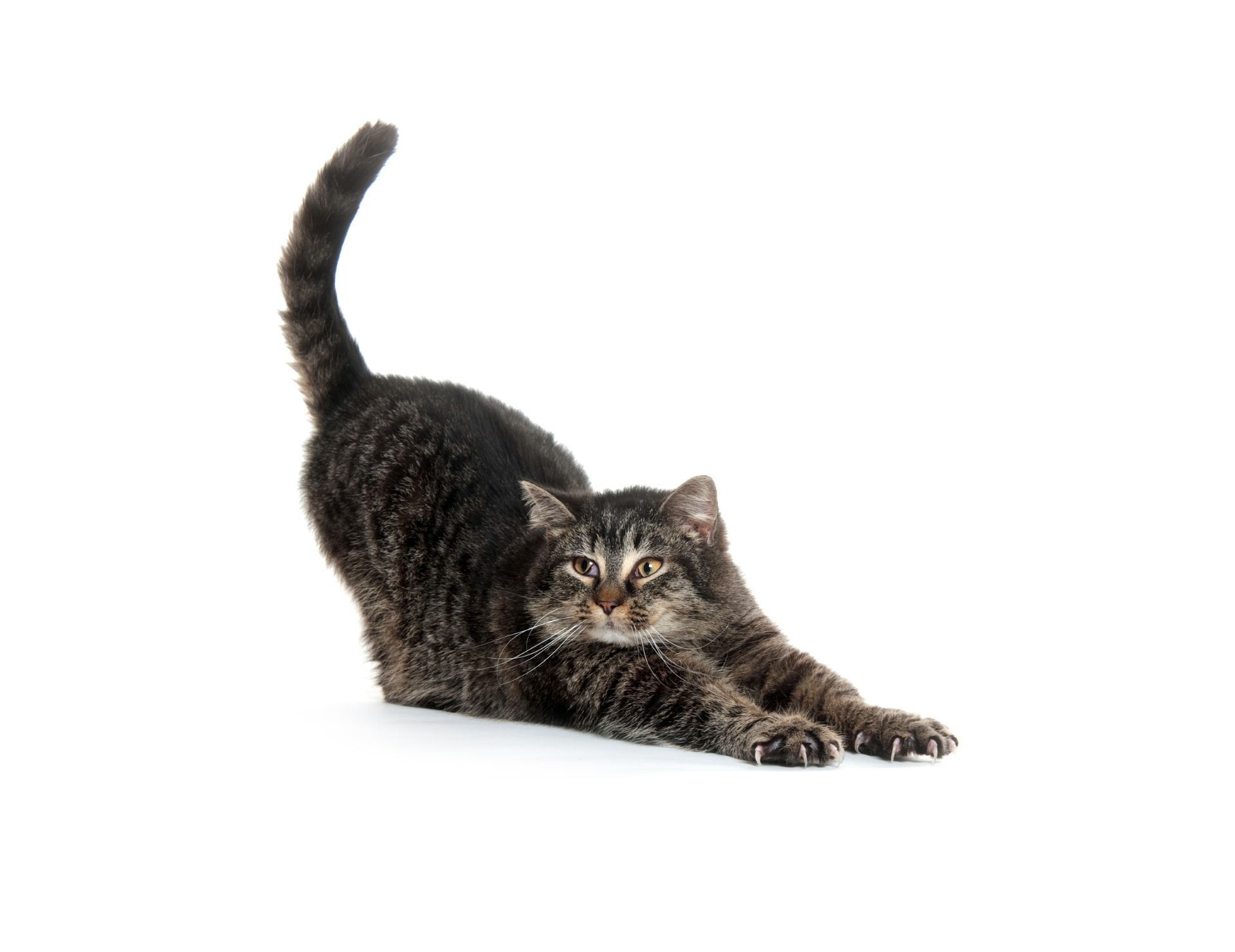
WHY CHOOSE US
Proven track record - CitiKiti - was established in 2003 and when searching the web, speaking with your local vets and visiting our Review Page you will discover that we come highly recommended including in some of the most important areas such as reliability, trustworthiness and knowledge.
Not a search engine - We are a family-run business with a large team of genuine pet lovers. As the team works for us not as individuals you can rest assured that we are accountable and reliable and we will insure that your pet is taken care of even if your booked carer falls ill during an assignment.
First Aid Training - CitiKiti is pleased to work with Vet Helen Dennis (VetMB MA MRCVS) who runs our pet first aid training courses. This insures that our carers are well equipped for and confident in their work even in an emergency situation.
Security Vetted - All CitiKiti sitters are required to obtain a Police Check a copy of which we will be very happy to email to you for your peace of mind.
Insured - For your peace of mind, all CitiKiti carers are fully covered by our industry-standard insurance.
Home Security - having an CitiKiti carer entering your home on a regular basis, taking in post and changing light and blind positioning will help keep that lived-in look.
No Advertising Vehicles or clothing - As part of keeping your pet and home safe we have made the decision NOT to drive advertising vehicles or wear clothing with advertising as this would highlight the fact that you are not at home and, although it would of course be of great benefit to our business to widely advertise our services, we believe that the safety of your cats and your home is more important than our self-promotion.
Recommended by Vets - we are well known among both vets and pet professionals who are happy to recommend and work with us.
Same Designated Carer at no extra cost - when first booking with CitiKiti you will be assigned a Carer. For both your and your pet's comfort and peace of mind, it will be your designated carer who will take care of our pet from then on. This of course with the exception of carers own holiday or sickness in which case you will be informed and your alternative carer will be introduced where at all possible.
Ongoing training - before their first assignment all carers receive in-house training and many of our carers already have experience from vet nursing, animal rescue work as well of course as having pets in their own lives. Many carers also choose to sign up for external certificated courses and training including Cat Behaviour and Cat Health and Welfare.
Free Initial Meeting - all clients are required to fill out a detailed form to help us understand all wishes and requirements to offer the best care possible. We also arrange a face-to-face meeting for you to have a chance to ask any questions you may have and for and your pet to get to know their new friend.
Key Holder Service - we offer to keep hold of your keys in order to make booking your pet care as easy and quick as possible. All you have to do is email us to make a booking request and, once confirmed, we are good to go.
Trusted by Pet Professionals - we are well known among both vets and pet professionals who are happy to recommend and work with us.
Provides care 365 days a year - including weekends, school holidays, bank holidays, Christmas & New Year.
Member of FSB - The Federation of Small Businesses provides us with additional insurance, ongoing support and industry-relevant information helping us keep up-to-date and informed for the benefit of both us and our clients.
Supporter of ICatCare - ICatCare is an international cat charity organisation for the promotion of feline health and well-being. CitiKiti wholeheartedly supports the fantastic work they do. Their website is also an excellent resource for a world of cat-related information.
Sponsors of a Cat Cabin - at Cats Protection www.cats.org.uk click on the videos below to see some of the purry friends at Cat Protection.
Services - Since foundation we have offered a comprehensive range of services to suit our client's requirements. The services and areas we cover include; Cat Sitting in North London N1, N5, N6, N8, N16, NW1 & NW6. We also offer live-in care or house-sitting in North or East London including Islington N1 N5 we can help.
PROFESSIONAL PET CARE
CitiKiti offers professional and reliable holistic cat care service where the emphasis is on, pamper, play and TLC.
We are here to help make you and your CitiKiti’s life together wonderful, stress-free and rewarding during all stages.
SECURITY VETTED & INSURED
CitiKiti offers professional and reliable holistic cat care service where the emphasis is on, pamper, play and TLC.
We are here to help make you and your CitiKiti’s life together wonderful, stress-free and rewarding during all stages.
A LITTLE ABOUT US
Follow Us
CitiKiti Copyright © All rights reserved. Privacy Policy GDPR Terms & Conditions
The contents of this site are the property of CitiKiti and Cat Care London Ltd. No part of this web site may be copied, modified, transmitted, broadcast or reproduced in any form whatsoever without the prior written permission of Cat Care London Ltd. These contents include, but are not limited to, information, documents, graphics, photos, logos and icons, including their design, selection and arrangement.
WHAT WE DO AND WHERE WE DO IT
Our passion is pets and we provider pamper, play and TLC 365 days a year including Bank holidays, Easter, Christmas & New Year.
We understand that deciding whom to entrust with the care of your precious companion is a difficult and possibly even daunting process. Hopefully, our Testimonials and client Reviews will help you feel confident and happy to choose us.
Since our beginnings in 2003, we have offered a comprehensive range of personalised cat care services including cat sitting, house-sitting and cat behaviourist.
We are proud to be recommended by vets and pet professionals as well as consistently receive 5-star reviews from our clients from all over London and beyond.
Your peace of mind and the happiness and safety of your cat is of paramount importance to us and when choosing to become part of our community and trusting us to take care of your precious cat we can reassure you that we are a family-run business with a tight-knit team of pet carers offering total accountability, reliability and genuine cat lovers care.
We are a team of dedicated pet professionals with a great love for pets.
Most of our carers have either long-term working experience with cats and/or professional education in animal care including Vet Nurses, Animal Behaviourists, Pet Hospital Assistants and Pet Bloggers.
All our cat carers are security vetted and public liability insured and we provide thorough in-house cat care training including Cat First Aid to ensure that carers are well equipped and confident cat carers.
Cats are territorial creatures of habit and can find catteries very stressful and upsetting. It is generally agreed by pet professionals that they are most relaxed and comfortable staying in their own homes when "parents" go away for short or long breaks. Travelling to and from catteries can also be stressful for both you and your cat. Our Cat Sitting service means your cat can stay home whenever you are away.
Since the beginning of 2019 CitiKiti has also offered cat behaviour therapy as well. Cat behaviour therapy can help if your cat is urine marking, stressed, anxious, aggressive, destructive or urinating or defecating outside the litter tray. The CitiKiti Cat Behaviourist can also offer advice on getting cats to get along, getting cats and dogs to live together peacefully, and taking care of kittens or older cats. Our Cat Behaviourist offers home consultations in London and in some cases worldwide video consultations work as well.
AREAS WE COVER
Since our beginnings in 2003, we have offered home visit services and the areas we currently cover for our cat sitting and small pet visiting services include: Hoxton, Shoreditch, E2, Bethnal Green, Fish Island, E3, Bow, Hackney Wick, Mile End, E5, Clapton, Hackney Marshes, E8, Hackney, Dalston Kingsland, E9, N1, Islington, Angel, Barnsbury, Canonbury, Clerkenwell, De Beauvoir Town, Hoxton, Pentonville, Shoreditch, N5, Highbury, N6, Highgate, N16, Stoke Newington, Shacklewell.
When going away often one of the worst dilemmas is who do you get to look after your cat. When using our Cat Sitting service, you can enjoy your holidays knowing that your cat feels safe and relaxed and your home is looked after to.
Since our beginning as a Cat Sitter Service in North London Islington, N1 we have taken pride in offering the very best in professional & reliable holistic cat care with an emphasis on pamper, play and TLC. Our Cat Sitters are all dedicated professionals with a great love of cats. Most have either long term working experience with cats and/or professional education in animal care. We are proud to be recommended by vets and pet professionals as well as consistently receive 5 start reviews from our Cat Sitting clients from all over London including East London E3, Bow, Hackney Wick, E8, Hackney, Dalston Kingsland and E9, Victoria Park.
Cats are territorial creatures of habit and can find catteries very stressful and upsetting. It is generally agreed by pet professionals that they are most relaxed and comfortable staying in their own home when "parents" go away for short or long breaks. Travelling to and from catteries can also be stressful for both you and your cat. Our Cat Sitting service means your cat can stay home whenever you are away. CitiKiti offers Cat Sitting and house-Sitting in most parts of Central, North and East London including EC1, Clerkenwell, Finsbury, Hoxton, St Luke’s, N1, Canonbury, Barnsbury.
We offer to look after your cat in your own home for as long or short time as you need. This way not only can you feel happy that your cat is as comfortable, relaxed and well looked after as possible, you also know that your home is being looked after and keeps that lived in look to deter any uninvited guests. Depending on you and your cat’s preference you can choose between daily or twice daily visits or live-in care.
We understand that deciding whom to entrust with the care of your precious feline companion is a difficult and possibly even daunting process. Our Testimonials and client Reviews will help you feel confident and happy to choose CitiKiti as your Cat Sitting Company.
You and your cat will be assigned your own dedicated Cat Sitter and you will have a meeting with him/her before start of visits. During the meeting you can ask any questions you might have and your cat will have a chance to say hello to his/her new best friend ;-) All our Cat Sitters are security vetted and have public liability insurance and we have been trusted in the community since 2003.
At CitiKiti we always do our best to help answer any cat related questions our clients may have. We work closely with other pet professionals including vets and cat groomers enabling us to offer and refer to a wide range of cat related services.
Since the beginning of 2019 CitiKiti offers behaviour therapy as well. Cat behaviour therapy can help if your cat is urine marking, stressed, anxious, aggressive, destructive or urinating or defecating outside the litter tray. The CitiKiti Cat Behaviourist can also offer advice on getting cats to get along, getting cats and dogs to live together peacefully, taking care of kittens or older cats. Our Cat Behaviourist offers home consultations in London, including Richmond, SW19, Chelsea, Wimbledon, Kensington, SW11, Islington, N1, Hampstead. In some cases video consultations work as well and CitiKiti Behaviour Therapy is offered worldwide.
CitiKiti offers Cat Sitting and House-Sitting every day of the year including Bank Holidays, weekends, school holidays and Christmas & New Year.
The areas we cover for Cat Sitting include the below but if you are looking for Cat Sitting in areas that are not listed feel free to contact us and we will see what we can do.
EC1, Clerkenwell, Finsbury, Hoxton, Shoreditch, E2, Bethnal Green, E3, Bow, Hackney Wick, Mile End, E5, Clapton, Hackney Marshes, Lea Bridge, Lower Clapton, Upper Clapton, E8, Hackney, Dalston Kingsland, E9, Victoria Park, N1, Angel, Barnsbury, Canonbury, Clerkenwell, De Beauvoir Town, Hoxton, Islington, Pentonville, Shoreditch, N5, Highbury, N6, Highgate, N8, Crouch End, Hornsey, N10, Muswell Hill, N16, Stamford Hill, Stoke Newington, Shacklewell,N19, Hornsey Rise, Archway, Tufnell Park, NW1, Regents Park, Camden Town, NW3, Hampstead, Swiss Cottage, NW5, Kentish Town.
Scientific name: Felis catus
Size: The average house cat is eight to eleven pounds, but you can have a petite six-pound calico or a big 15-pound Maine Coon cat.
Life span: Indoor cats regularly live to be 15, and some kitties live even longer.
Colours/varieties: There are many different breeds of cats from the hairless Sphynx and the fluffy, puffy Persian to the silvery spotted Egyptian Mau. But the most popular kitties of all are non-pedigree that includes brown tabbies, black-and-orange tortoiseshells, all-black cats, the long hair, striped kitties with white socks and everything in between!
History: Cats were domesticated, or bred to be friendly to humans, sometime between 4,000 and 8,000 years ago, in Africa and the Middle East. Small wild cats started hanging out where humans stored their grain. Can you think of a better place to find mice?! When humans saw cats up close and personal, they began to admire felines for their beauty and grace and the rest is history ;-)
Cat food: cats are obligate carnivores which means they need to eat meat in order to survive. Eating a vegetarian or vegan diet is not an option for your cat. Cats depend on the nutrients found in meat, most notably taurine and arginine. For this reason it is important to feed your cat a quality diet supplemented with a few treats. Ask your vet or pet shop for advice about their range of cat food and treats.

